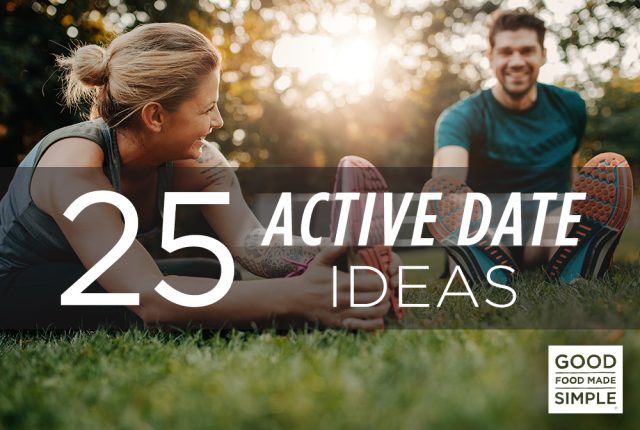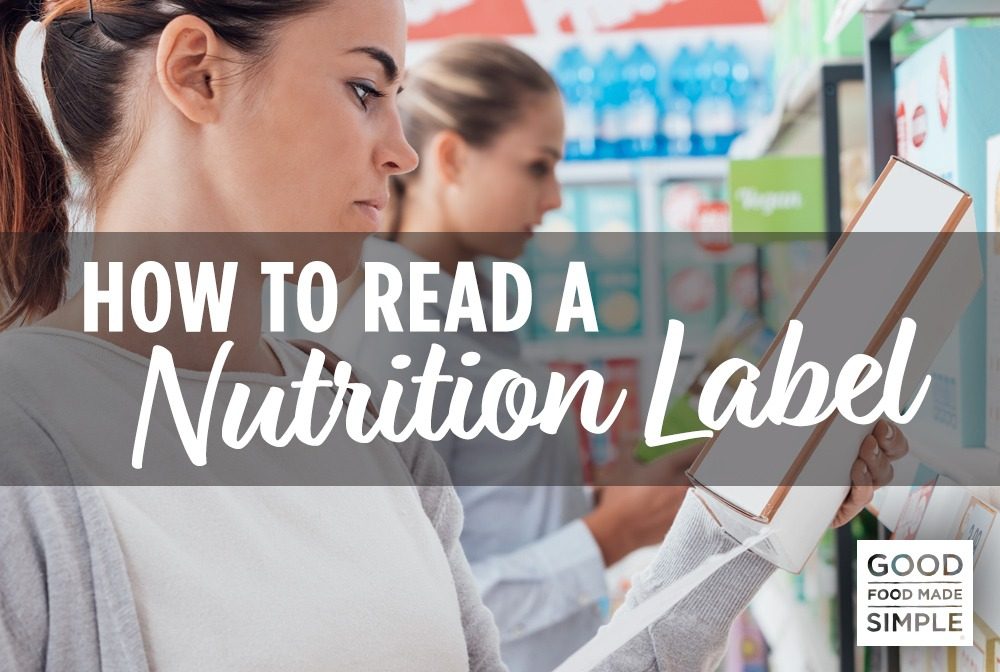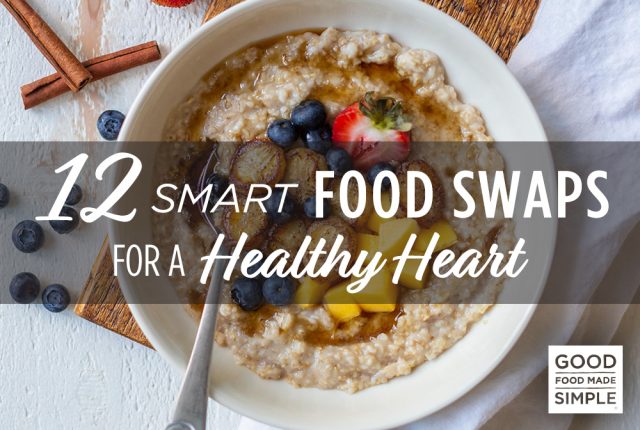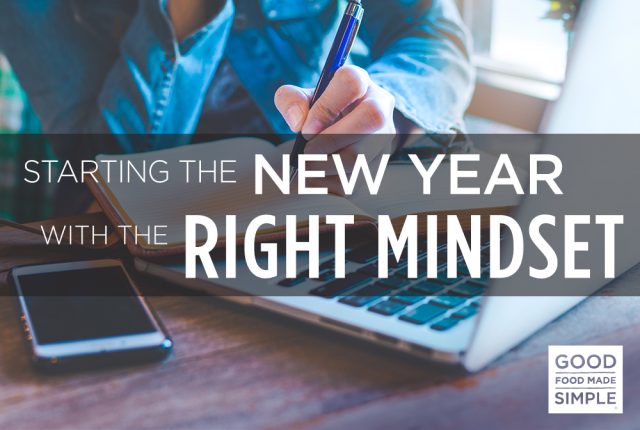
25 Active Date Ideas
While going on dates can certainly be fun, a typical night out with a romantic partner often ends up being focused on eating ...
read more
When you glance at a nutrition label, it’s easy to fall into the trap of looking at the number of calories and then skipping the rest of the information. While keeping an eye on calories is important, there’s more to nutrition than this number alone. Besides, without taking a look at servings per package, you might be eating more than you think!
We’ll break down the latest nutrition label guidelines and point out the most important things to pay attention to.
Before we dive into the good stuff, let’s briefly discuss the history of nutrition labeling. Interestingly, it wasn’t until the late 1960s that we started providing and regulating the nutrient content of food. Between 1941 and 1966, only a handful of foods contained nutrition information, and these labels only included calorie and sodium amounts. By 1969, a White House Conference on Food, Nutrition, and Health declared that the FDA develop a system for identifying the nutritional values of food.
What the labels actually look like has evolved drastically overtime, and today they are relatively simple to read and highlight the most important facts about our health. Still, there’s a few tips and tricks to read them correctly to ensure you’re making the most out of each meal.
Properly reading nutrition labels allows you to do a few things beyond simply “knowing” what you’re putting in your body. You can also use a nutrition label to:
Here are some easy steps to follow to help you learn how to read a nutrition label and know exactly what kind of nutrients you’re putting in your body.
Examine the serving size
First thing’s first: knowing how many servings are in the container. For example, a bag of chips might contain seven servings, which means that the nutritional information you see below is only for one of those servings — not the entire bag. For support with portion control, considering removing the exact portion from the packaged good versus eating out of the bag or box.
Look at the calories
Calories is really just how much energy you get from a serving of food. In other words, a lower the calorie number doesn’t always mean something is better for you. Examine the calories on the label and be ready to compare them with the nutrients they offer. In other words, are the calories coming from fiber and protein, or saturated fat and sugar? Look at the number of calories and make sure your calories count. As a general rule, any serving over 400 calories is considered “high.”
Check out % Daily Value
The % Daily Value puts nutrients on a scale from 0 to 100% and can be found on the right side of the label. This value essentially explains how much of a particular nutrient is in a serving of food. If something contains 5% Daily Value or less, it’s considered a small amount, whereas 15% Daily Value is a lot. In real life, you want the good-for-you nutrients (more on that below) to be 15% or higher while unhealthy ingredients at 5% or lower.
Focus on getting certain nutrients
When you’re looking at the % Daily Value of various nutrients, there are a few you should pay close attention to. Aim to fill up with key things like fiber, potassium, vitamin D, calcium, and iron. Pro-tip: You’re likely to find these nutrients if you opt for fresh foods and packaged goods that are not highly processed.
Avoid or get less of these nutrients.
On the flip side, you’re going to want to aim for less than 5% DV of other nutrients found on the label, including certain types of fats, cholesterol, and sodium. On the fat front, remember that not all fat is bad! Look for foods low in saturated and trans fats, which will help reduce the risk of heart disease. Fats that are good to eat include polyunsaturated and monounsaturated fats, which can be found in fish, nuts, and certain meat. As a general rule, fat should be in the range of 25-30% of your overall caloric intake. Another nutrient to look out for is sodium. Various studies show that eating less than 2,300 milligrams of sodium (that’s one teaspoon!) a day could reduce the risk of high blood pressure. While you’re at it, try to up the ante on your potassium intake (found in bananas, sweet potatoes, yogurt, and beet greens) which could counteract some of the sodium side effects on your health.

25 Active Date Ideas
While going on dates can certainly be fun, a typical night out with a romantic partner often ends up being focused on eating ...
read more
12 Smart Food Swaps For A Healthy Heart
February is American Heart Month, and one of the best ways to maintain good heart health is to watch what you eat. Instead of...
read more
Starting the New Year With the ‘Right’ Mindset
With the holiday finally over and the new year upon us, I’d be shocked if you haven’t thought about New Year's Resoluti...
read more